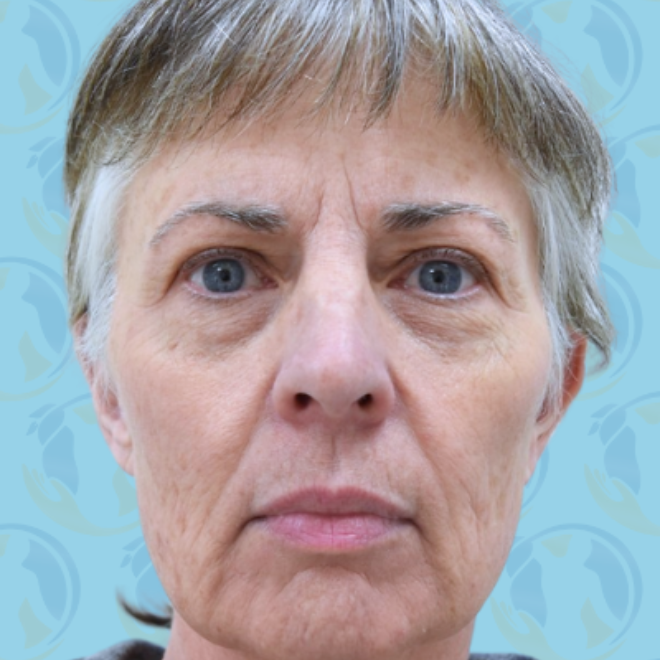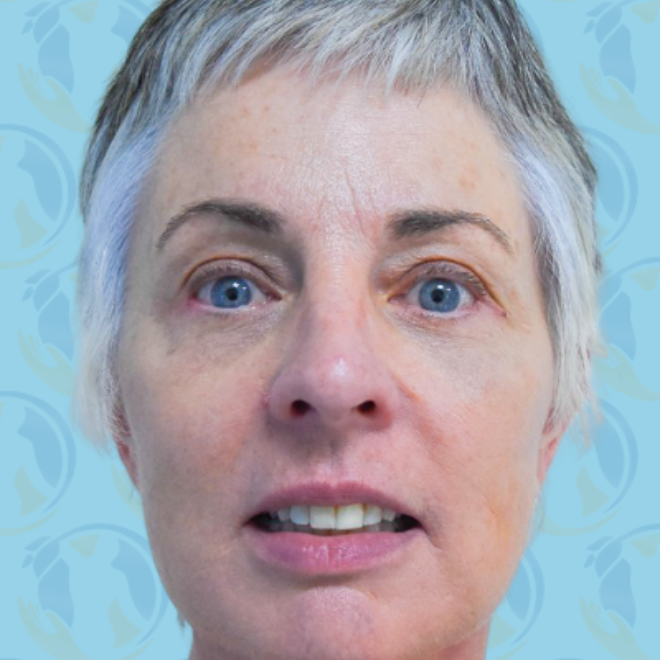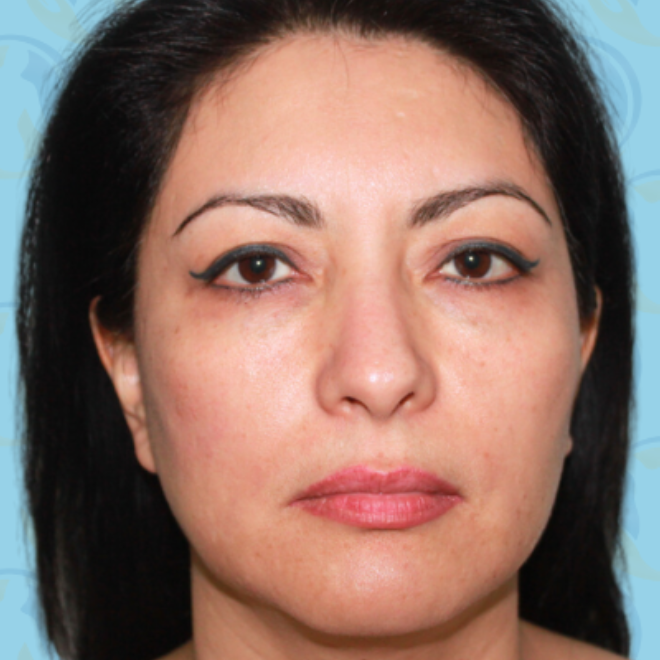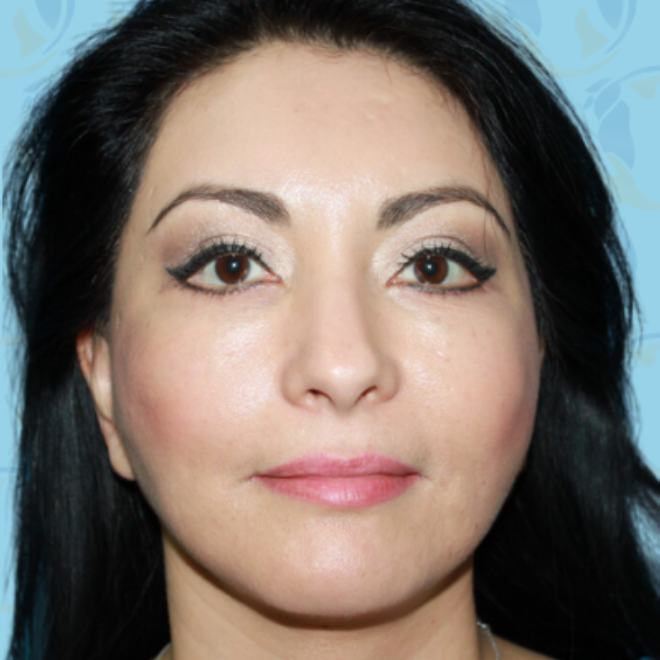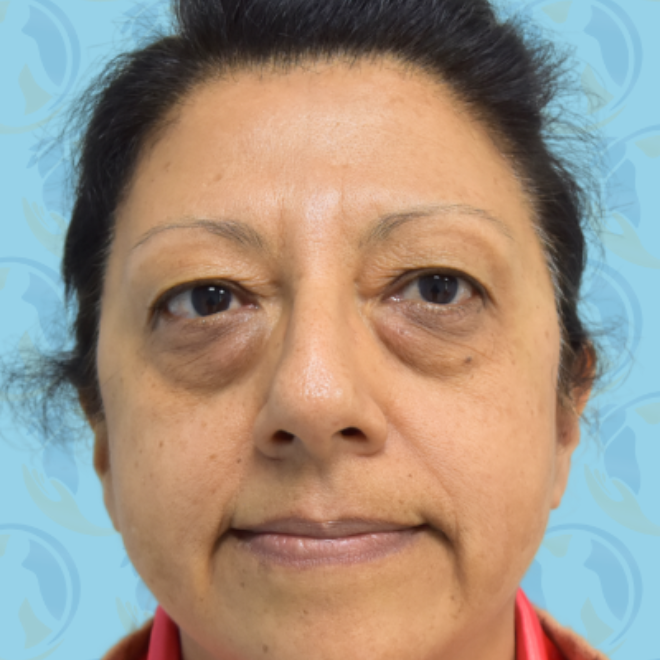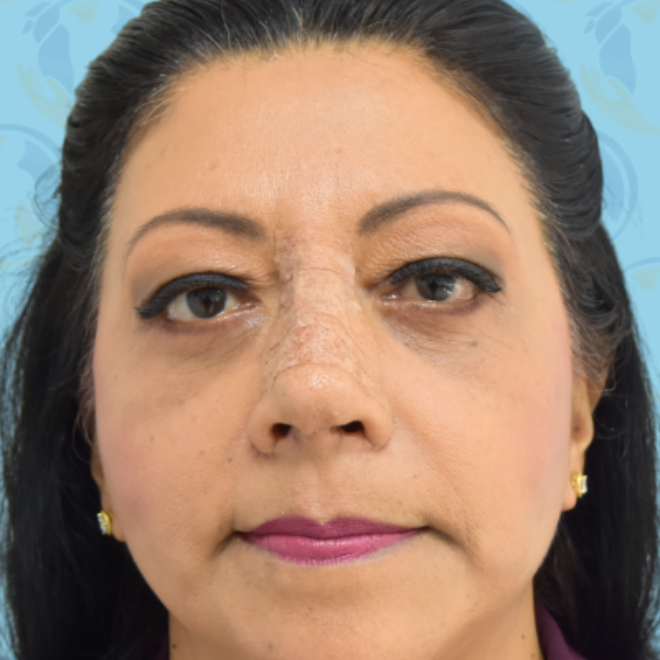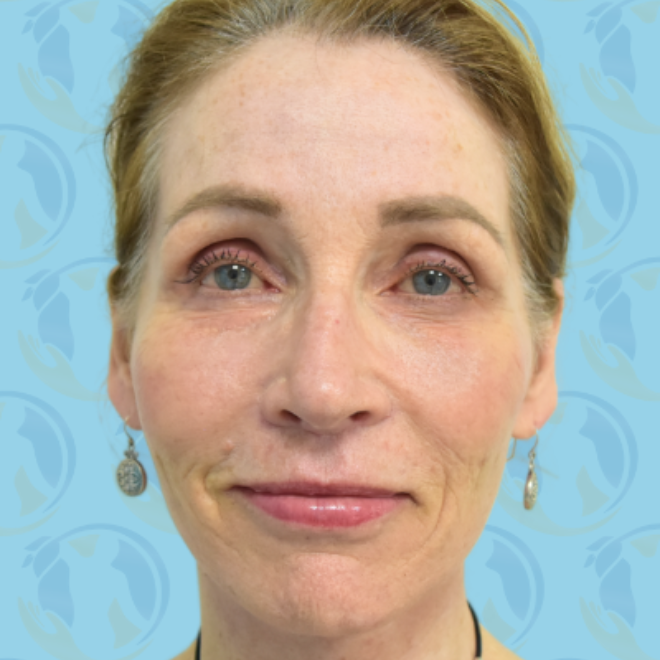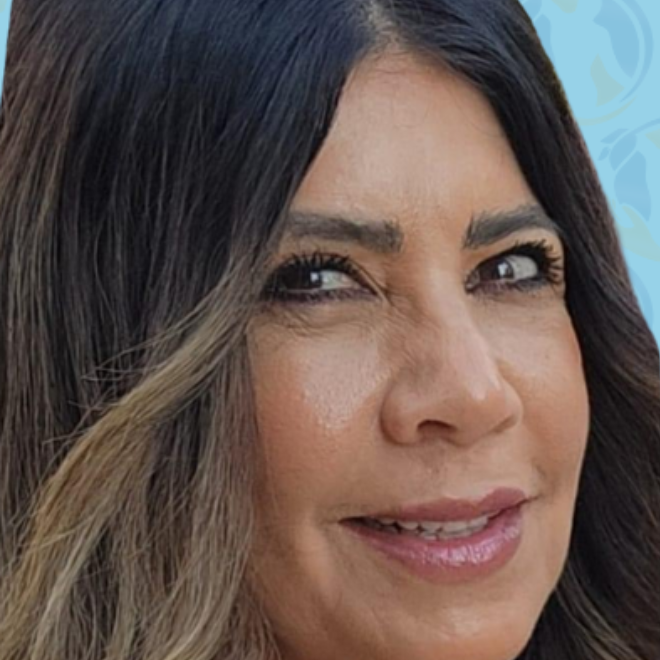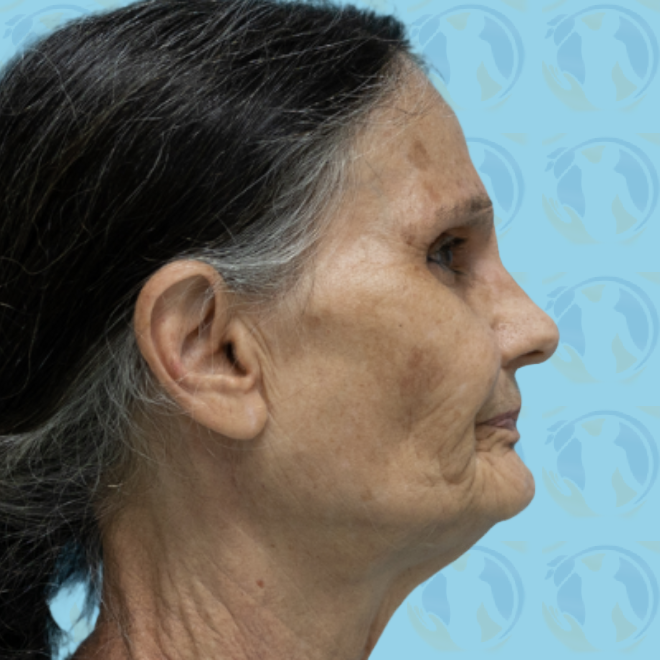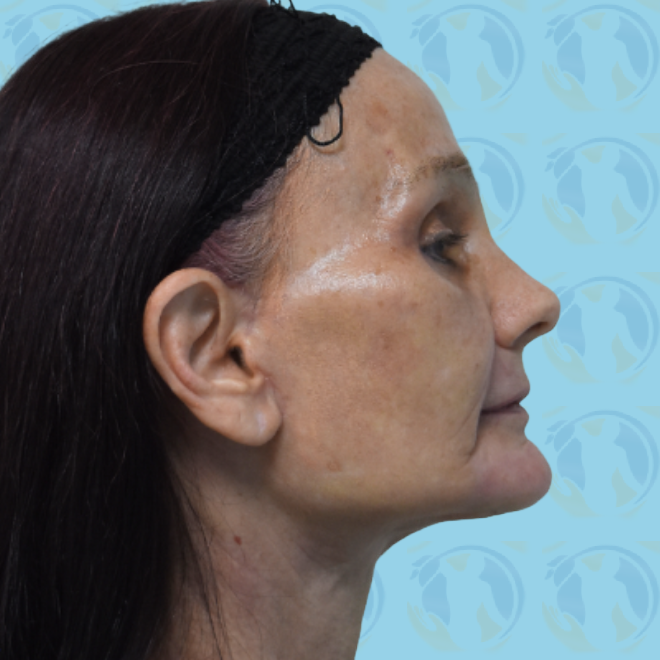Gynecomastia
Conveniently located to serve the areas of Tijuana, Mexico
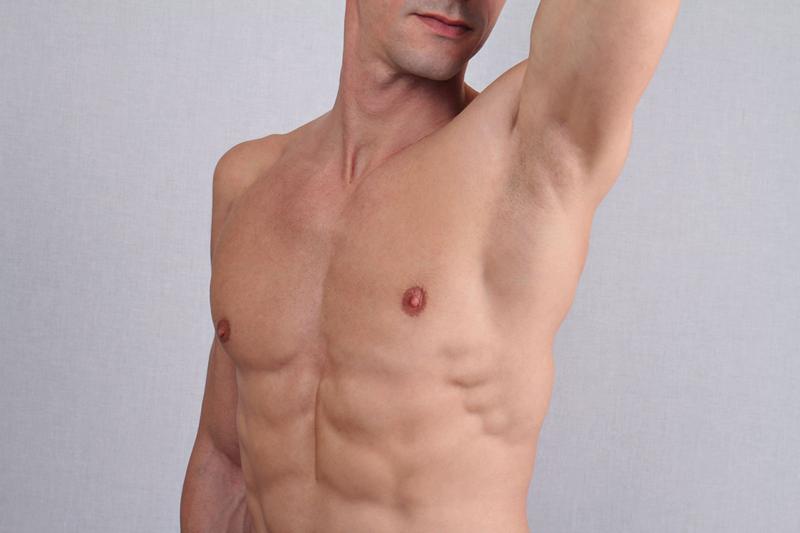
The presence of breast tissue on the male chest is called gynecomastia. This is a common problem in males and is usually associated with being overweight (whether genetically or hormonally), or medication-induced (steroids). The deposit can be symmetrical or asymmetrical, as well as a mix of pattern fat, breast tissue, or both.
Contents
Gynecomastia
The most common procedures performed in males are:
Face Surgeries
- Facelift
- Rhinoplasty (nose job)
- Chin implant
- Facial Implants
- Cheek Bone Implant
- Lip Augmentation, reduction, and lifting
Body Surgeries
- Liposuction
- Gynecomastia (Breast Tissue Removal)
- Calf implant
- Butt implants
Skin & Laser
- Hair Transplant
- Botox and fillers
- Skin Resurfacing: laser and dermoabrasion
Procedure
Most of the patients present a fat deposit in the area so the operation begins with liposuction. Almost 50% of the cases are resolved with liposuction alone. In the remaining cases, the breast tissue has to be removed. This is done through a half-moon incision around the areola. Since all of the fat has been removed prior to liposuction, this makes the extraction of the breast tissue very easy. It is also isolated and you just separate the connective tissue. It is very important to leave a small layer of tissue to prevent an indentation or retraction of the nipple.
Post-op Instructions
Suture removal is done in 1 week with minimal arm movement in the first week. I always use a drainage which is left for 7 days, and firm compression for 2 to 4 weeks. Patients can go work out in 1 month.
Reconstructive Procedures:
- Facial Reconstruction
- Breast Reconstruction
- Cleft and Lip Palate Reconstruction
- Hand Reconstruction
- Lower Limb Reconstruction


